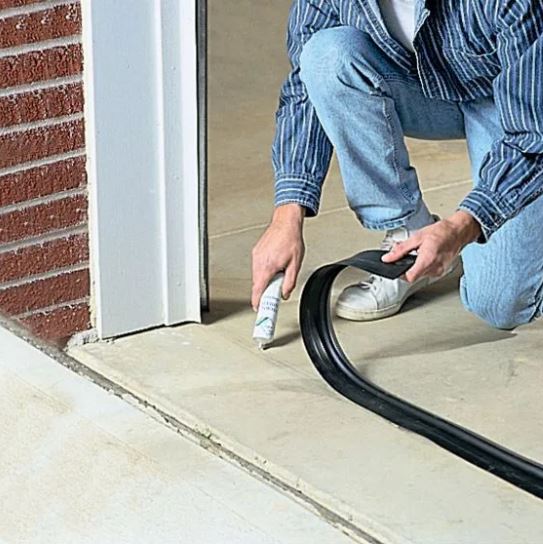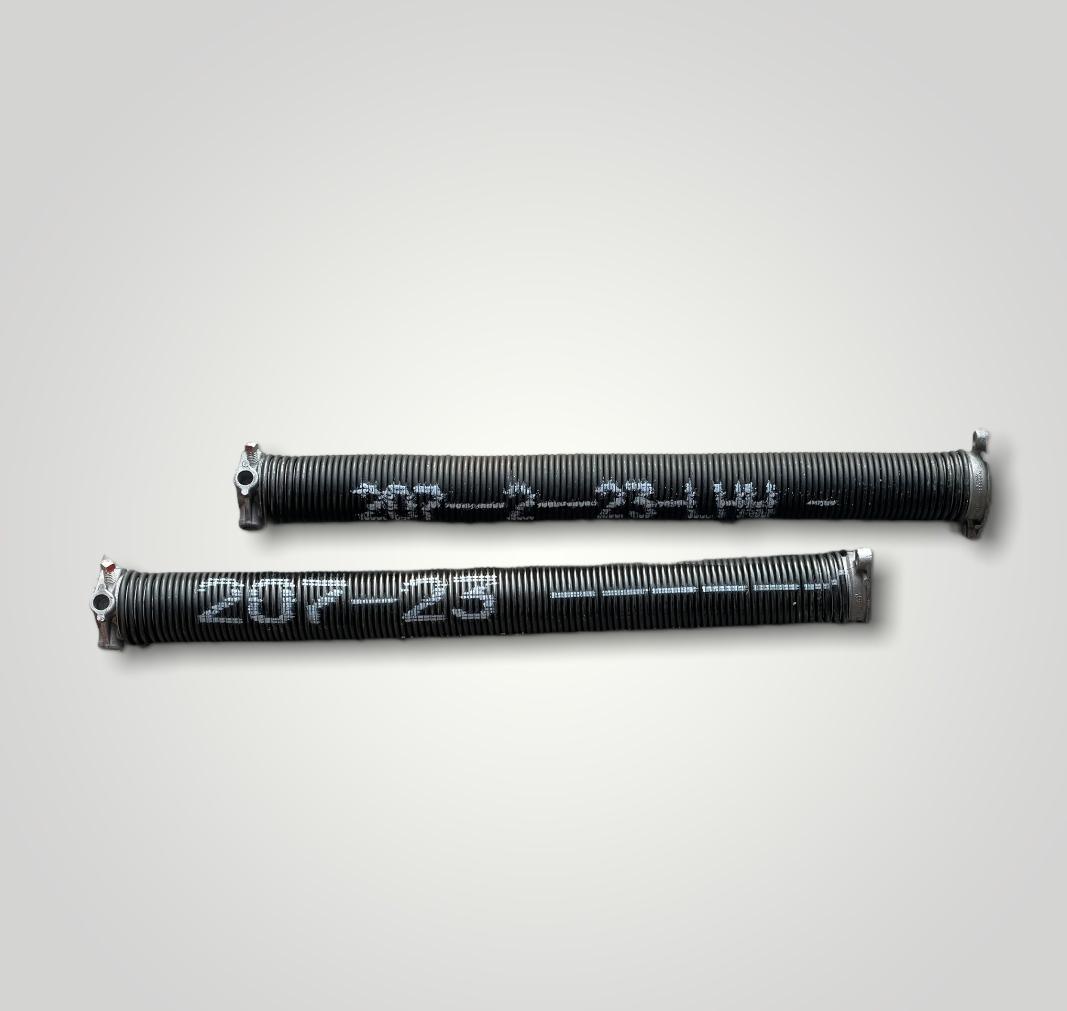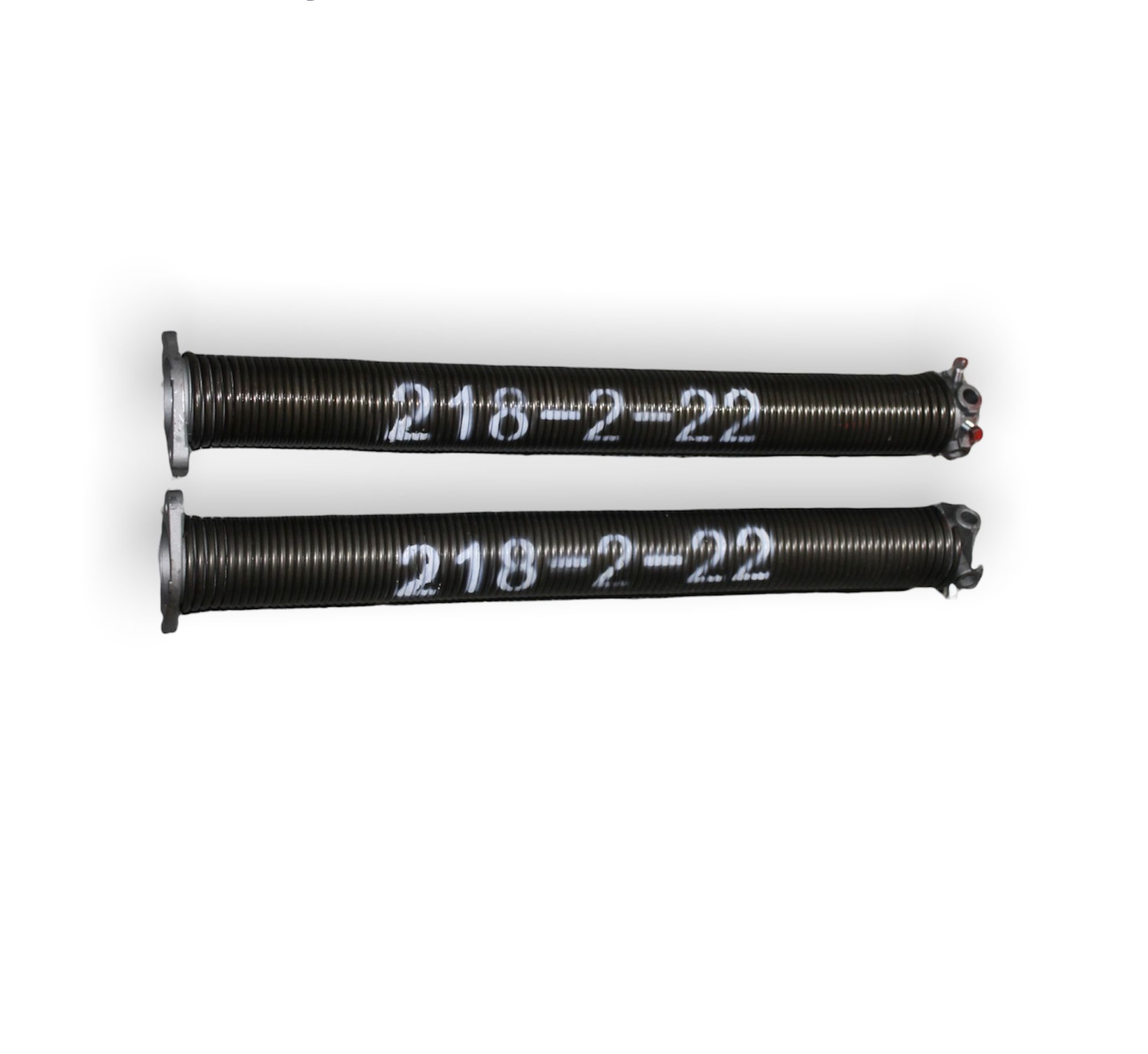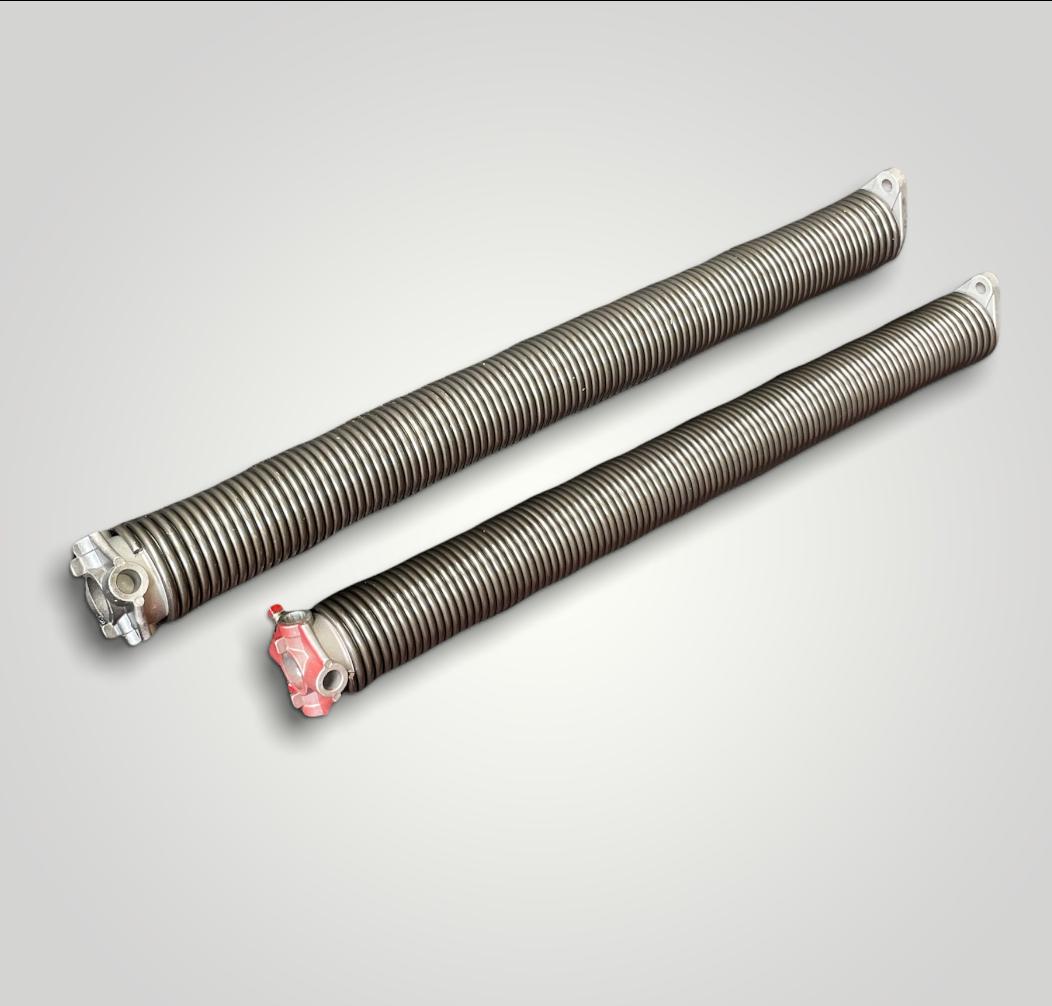garage doors weather seal
A weather seal, also known as a weather stripping, is a strip of material that is installed around the perimeter of a garage door to help prevent:
- drafts
- leaks
- and water infiltration.
It also helps to keep out dust, dirt, and other debris.
types of weather seals
There are several types of weather seals that can be used for garage doors, including:
- Bottom seal: A bottom seal is a strip of rubber or vinyl that is attached to the bottom of the garage door and creates a seal between the door and the floor. This helps to prevent drafts, leaks, and water infiltration.
- Side and top seal: A side and top seal is a strip of rubber or vinyl that is attached to the sides and top of the garage door. This helps to prevent drafts, leaks, and water infiltration.
- Weather-stripping: Weather-stripping is a flexible strip of material that is attached to the door jamb and creates a seal between the door and the jamb. This helps to prevent drafts and leaks.
- Threshold seal: A threshold seal is a strip of rubber or vinyl that is attached to the threshold of the garage door. This helps to prevent drafts, leaks, and water infiltration.
FAQ on Weather-Sealing Garage Doors
What is the purpose of weather-sealing a garage door?
Weather-sealing is designed to improve energy efficiency, protect against weather elements, prevent pests from entering, and reduce outdoor noise.
What types of seals are used for garage doors?
There are primarily three types: bottom seals (attached to the door itself), threshold seals (installed on the floor), and side and top seals (attached to the door frame).
How do I choose the right weather seal for my garage door?
Select a seal based on your specific needs (e.g., climate, pest prevention) and the type of garage door you have. Consider the material durability and the seal’s resistance to temperature changes.
How often should weather seals be replaced?
It varies, but checking your seals annually for signs of wear and tear is a good practice.
Replace them as needed to maintain their effectiveness.
Can I install weather seals on my garage door myself?
Yes, many weather seals are designed for DIY installation.
Ensure you have the correct measurements and follow the manufacturer’s instructions carefully.
How do I measure my garage door for a weather seal?
Measure the width of the door for the length of the seal.
For bottom seals, you may also need to measure the thickness of the door to ensure a proper fit.
What tools will I need to install a garage door weather seal?
Typically, you’ll need a tape measure, scissors or a utility knife (for trimming the seal), and possibly screws or adhesive, depending on the type of seal you’re installing.
How do I maintain my garage door seals?
Clean them periodically with mild soap and water to prevent them from becoming brittle.
Inspect them regularly for damage and replace as necessary.
Can weather seals be used on any type of garage door?
Most garage doors can be fitted with weather seals, but ensure the seal you choose is compatible with your door type (e.g., metal, wood, fiberglass).
Will weather-sealing my garage door make it difficult to open or close?
Properly installed weather seals should not affect the operation of your garage door. If you encounter resistance, check to ensure the seal is installed correctly and not obstructing the door’s movement.



